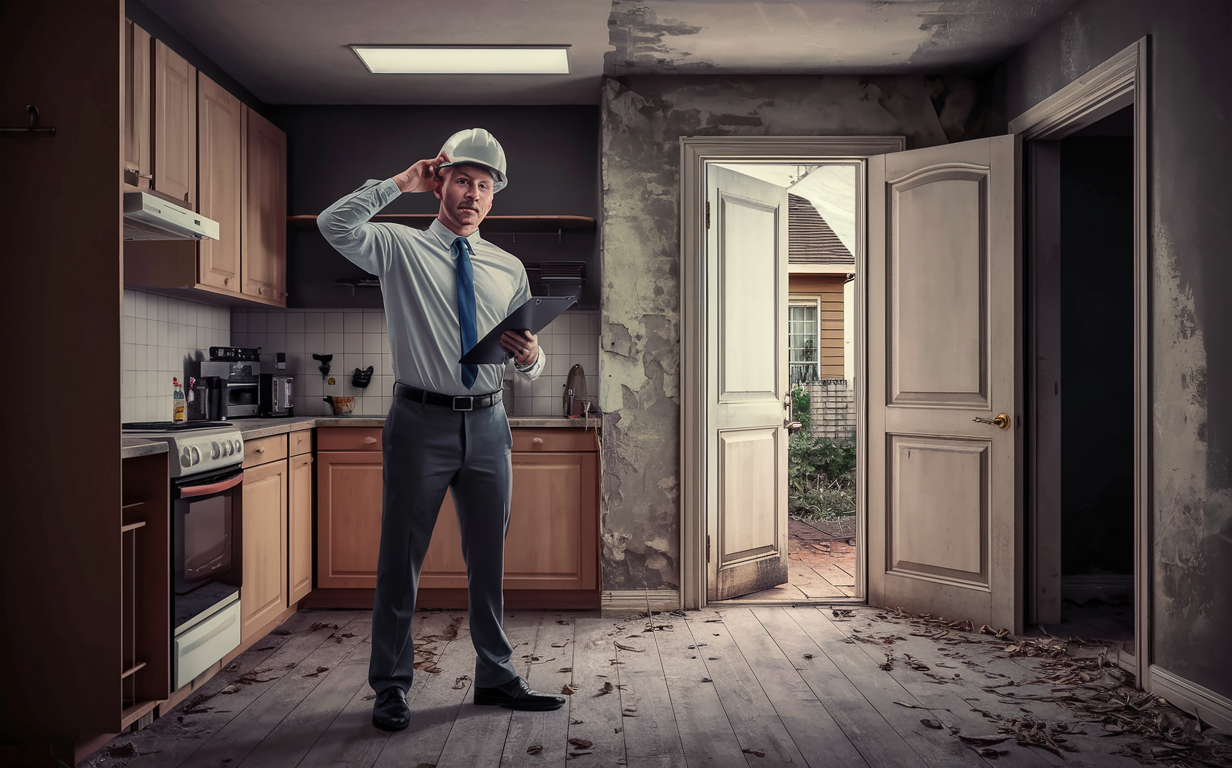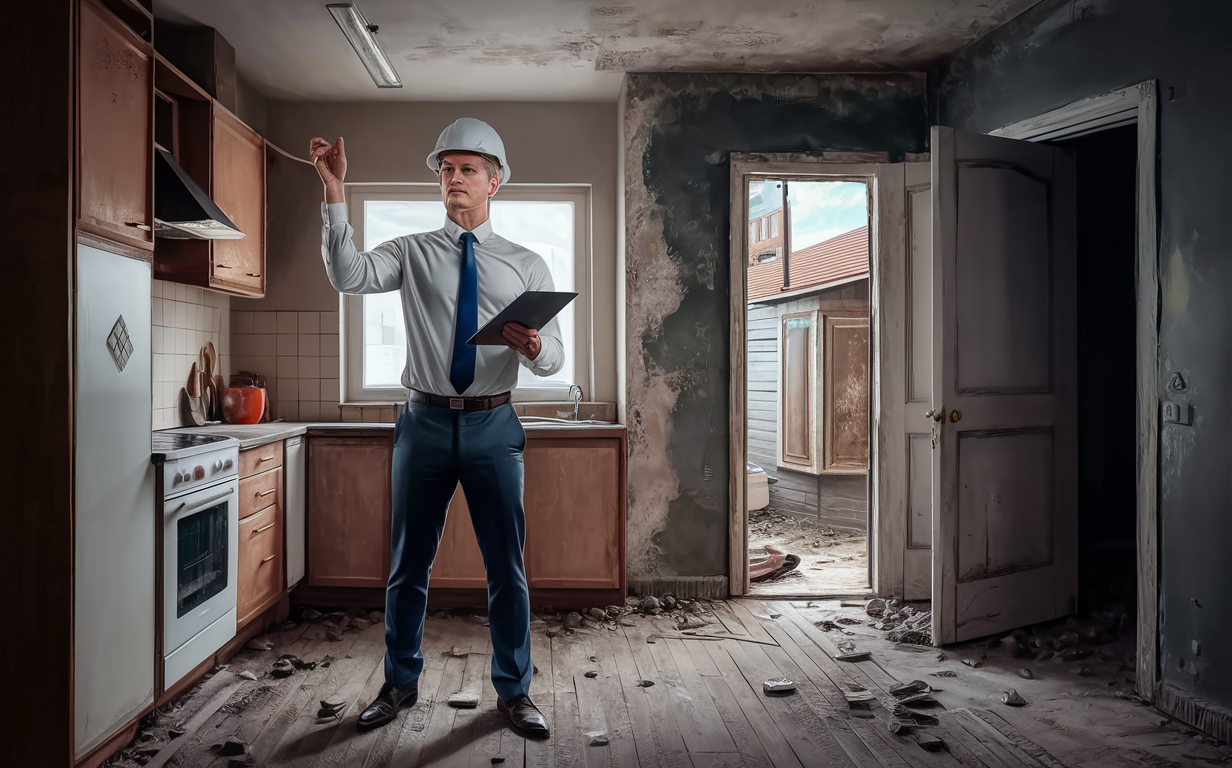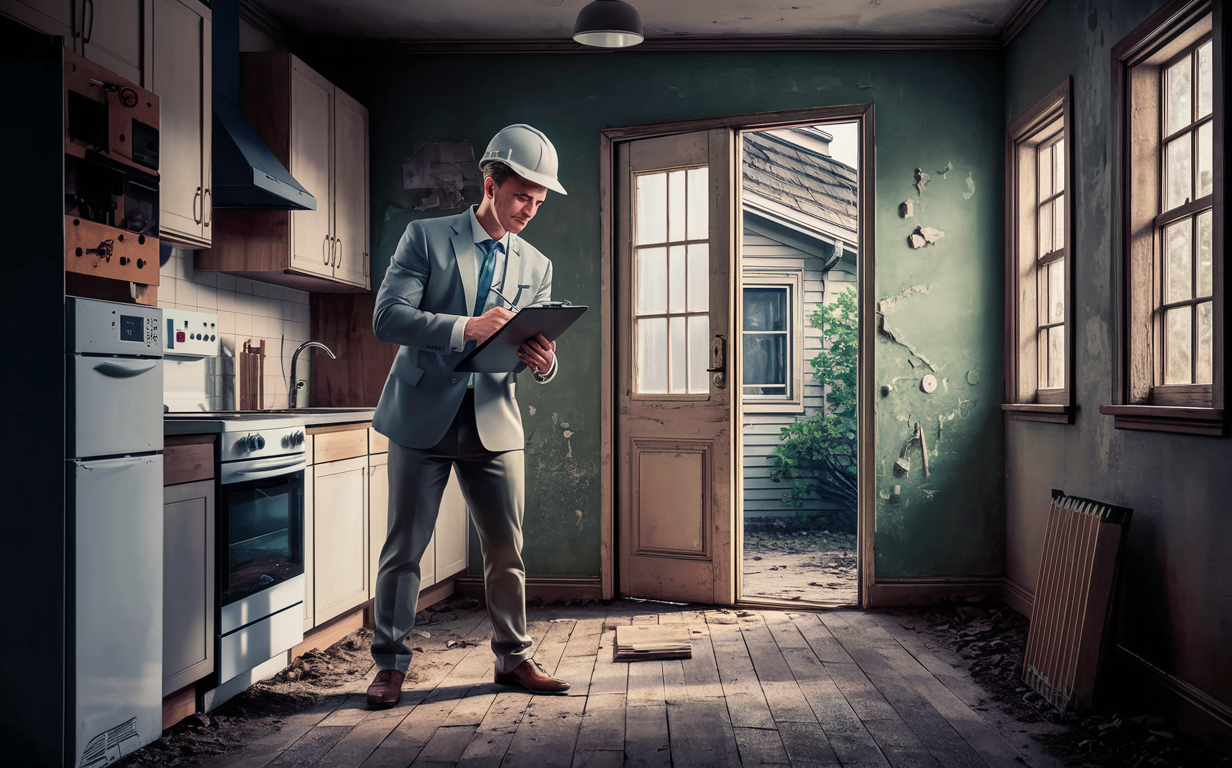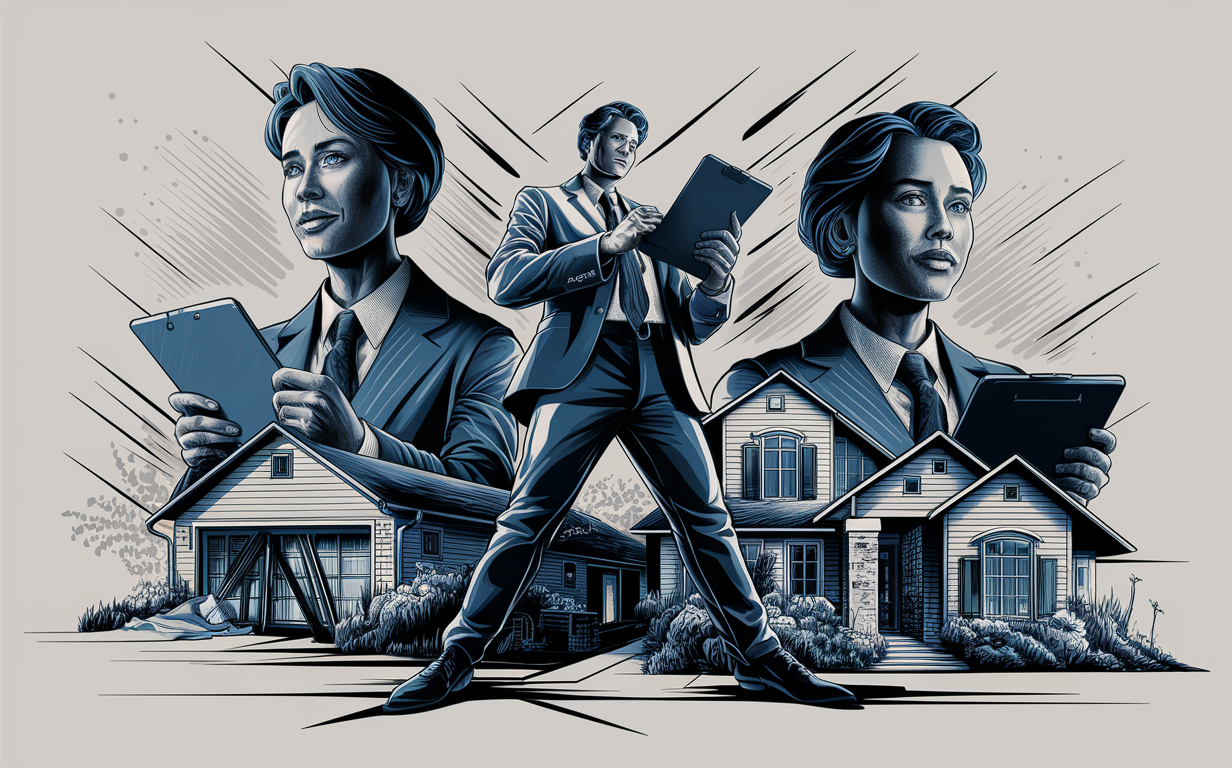
Mastering Estimating Rehab Costs and ARV for Fix & Flip Investments
Mastering Estimating Rehab Costs and ARV for Fix & Flip Investments
Estimating rehab costs and after repair value (ARV) accurately is pivotal for fix and flip investors to make informed financial decisions. The process involves calculating the total expenses for property rehabilitation and projecting the value of the property once repairs are complete. This article breaks down the steps and considerations for estimating these costs and values efficiently.
Key Takeaways
Estimating rehab costs accurately determines the feasibility of a fix and flip project.
The after repair value (ARV) is crucial for understanding potential profits.
Local market conditions, comparable properties, and detailed inspection are vital for accurate estimations.
Data-driven insights and real-life examples can significantly aid in making informed decisions.
Understanding Rehab Costs
What are Rehab Costs?
Rehab costs encompass all expenses related to repairing and renovating a property to increase its value. These costs can vary significantly depending on the property's condition, location, and the scope of the renovation.
Key Components of Rehab Costs
Material Costs: This includes the price of all building materials required for the renovation.
Labor Costs: Expenses for contractors, electricians, plumbers, and other professionals.
Permit Costs: Fees for obtaining necessary permits from local authorities.
Unexpected Costs: Contingency funds for unforeseen issues such as mold, asbestos, or structural repairs.
Calculating After Repair Value (ARV)
What is ARV?
ARV is the estimated value of a property after all renovations are completed. It helps investors determine the potential resale value and profitability of a fixer-upper.
Steps to Calculate ARV
Conduct a Comparative Market Analysis (CMA): Assess similar properties (comps) that have recently sold in the area.
Evaluate Property Condition: Thoroughly inspect the property to understand the extent of repairs needed.
Assess Market Trends: Understand the local real estate market to predict future property values.
Using ARV in Investment Decisions
Investors use ARV to set a realistic resale price and determine the potential return on investment (ROI). A common guideline is the 70% rule, which suggests that an investor should pay no more than 70% of the ARV minus rehab costs.
Example of ARV Calculation
Property Address Sale Price Condition Renovation Cost Estimated ARV 123 Maple St $150,000 Poor $50,000 $250,000 456 Oak St $140,000 Fair $40,000 $230,000 789 Pine St $200,000 Good $30,000 $320,000
Practical Tips for Estimating Rehab Costs
Conduct a Detailed Property Inspection
A thorough inspection helps identify all necessary repairs, ensuring no cost is overlooked. Look for structural issues, outdated systems (plumbing, electrical), and potential environmental hazards.
Obtain Multiple Contractor Quotes
Solicit quotes from several contractors to get a range of potential costs. This helps in understanding the market rate for labor and materials.
Use Home Improvement Cost Estimators
Online tools and calculators can provide rough estimates for various renovation tasks. However, always verify these estimates with local contractors for accuracy.
Monitor Material Prices
Material costs can fluctuate based on market conditions and supply chain issues. Keep an eye on price trends to budget accurately.
Common Rehab Costs Breakdown
Renovation Task Average Cost Range Notes Kitchen Remodel $12,000 - $30,000 Depends on size and quality Bathroom Remodel $6,000 - $15,000 Includes plumbing and fixtures Roofing $5,000 - $10,000 Varies by roof size and materials Flooring $3,000 - $8,000 Based on material type Paint (Interior/Exterior) $2,000 - $6,000 Includes labor and materials
Importance of Local Market Knowledge
Understanding Neighborhood Comps
Knowing the sale prices of comparable properties in the neighborhood helps in setting a realistic ARV. Look for properties with similar size, condition, and features.
Assessing Market Conditions
The local real estate market's health affects property values and the speed of sale. High demand and low supply can drive up ARV, while a saturated market can depress it.
Network with Local Real Estate Agents
Local agents have first-hand knowledge of market trends and can provide valuable insights into property values and buyer preferences.
The Role of Experience
Experience plays a vital role in accurately estimating rehab costs and ARV. Seasoned investors often develop a keen eye for potential issues and better negotiation skills with contractors.
Expert Tips for New Investors
Start Small: Begin with minor rehab projects to build experience.
Build a Reliable Team: Establish a network of trusted contractors and inspectors.
Educate Yourself: Stay informed about market trends and renovation techniques.
Budget Wisely: Always include a contingency fund for unexpected expenses.
Document Everything: Keep detailed records of all costs and project timelines.
Key Metrics to Monitor
Return on Investment (ROI)
Calculating the ROI helps in understanding the profitability of a fix and flip project. It is calculated as:
[ \text{ROI} = \left( \frac{\text{Net Profit}}{\text{Total Investment}} \right) \times 100 ]
Holding Costs
Holding costs include expenses incurred while the property is being renovated and sold, such as mortgage payments, property taxes, insurance, and utilities.
Break-Even Point
Understanding the break-even point helps in setting a minimum resale price to cover all costs.
Accurately estimating rehab costs: According to a report by RealtyBizNews, the average cost of home rehabilitation in the United States ranges from $15,000 to $50,000 or more. The National Association of Realtors (NAR) states that 21% of investors purchased fixer-uppers in 2020, and they spent an average of $35,000 on repairs and renovations (Source).
Understanding ARV: The average return on investment (ARV) for fix and flip projects in the United States was 49.5% in Q1 2021, according to a report by ATTOM Data Solutions. The median profit for a successful fix and flip project was $60,000. However, this number can vary significantly depending on the location and condition of the property (Source).
Factors affecting rehab costs: The National Association of the Remodeling Industry (NARI) identifies several factors that can impact the cost of home rehabilitation, including the size of the project, the location, the age and condition of the property, and the type of materials used (Source).
Importance of accurate estimating: Inaccurate estimating can lead to significant financial losses for fix and flip investors. A study by the National Real Estate Educators Association found that 75% of real estate investors who failed to complete a project did so due to underestimating costs (Source).
Conclusion
Mastering the estimation of rehab costs and after repair value is essential for successful fix and flip investments. By conducting thorough inspections, obtaining accurate contractor quotes, and leveraging local market knowledge, investors can make informed decisions that maximize profitability. Real-life experiences and data-driven insights further enhance the accuracy of these estimates, providing a solid foundation for investment success.
For those embarking on their first fix and flip project, remember to start small, build a reliable team, and always budget for the unexpected. With practice and perseverance, estimating rehab costs and ARV will become second nature, paving the way for profitable real estate ventures.


